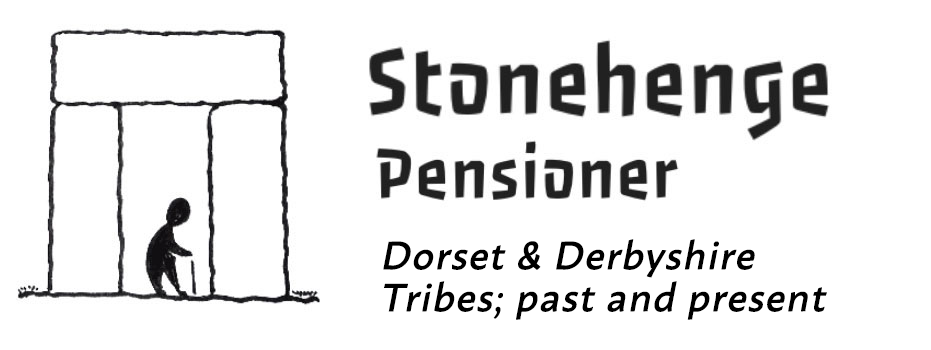Britain’s Prehistoric Myths and Stories
I had not given ancient myths too much thought until I read Gaia Vince’s bestseller called Transcendence. This complex read concentrated on how prehistoric humans see the world through stories. At first, the stories appear simple and of little consequence. Then, as people gained more understanding of their past, the stories became more complex. The earliest gods appear benign but as they progress, they become more judgmental. Then, they identify complex topics like sin and consequently, how to punish sin. I doubt that Britain’s prehistoric myths and stories did this. However, we know nothing about this aspect of our past.
Stonehenge
When my pagan ancestor Zuri traveled to Stonehenge, her world was alive with stories. The great circle defined their relationship with the sun and probably also the moon. The white chalk of the downs appears to have had a spiritual significance. Deer antlers were placed in pits, often having been used as tools, and were deliberately broken in two. These actions would have been part of a bigger story. The stones of the circle had been hauled from places that had meaning to the tribe, including distant Wales. In addition, the River Avon linked to the circle via a defined avenue. This ritual journey from the river to Stonehenge was integral to their myths.
Changing times
What is apparent at Stonehenge is the fact that the structure went through many changes. For instance, over 500 years it was reconfigured at least four times. This suggests that the stories and myths were constantly under review. Nothing was fixed.
Paradise lost
It appears to me that our early people venerated the world about them. The sun, moon and stars, the chalk soil, sparkling waters and the trees and grass that came from them. The paradise of later, desert based religions, the place of the bible and Koran, destroys our British paradise. Droughts, floods, arks, plagues of locusts, do not apply when you live in Britain. Yet, these foreign religions called our culture, pagan, and destroyed it.
Britain’s prehistoric myths and stories
Subsequently, in the so called Dark Ages, Irish saints lead the Celtic Pilgrimage into what they defined as barbaric Britain. That’s our ancient culture they are defining. Yes, the one that built Stonehenge and became so successful that the Romans seized it. Note that they did not seize Ireland. For certain, our colourful, highly spiritual and perhaps beautiful mythological past was wiped out.




